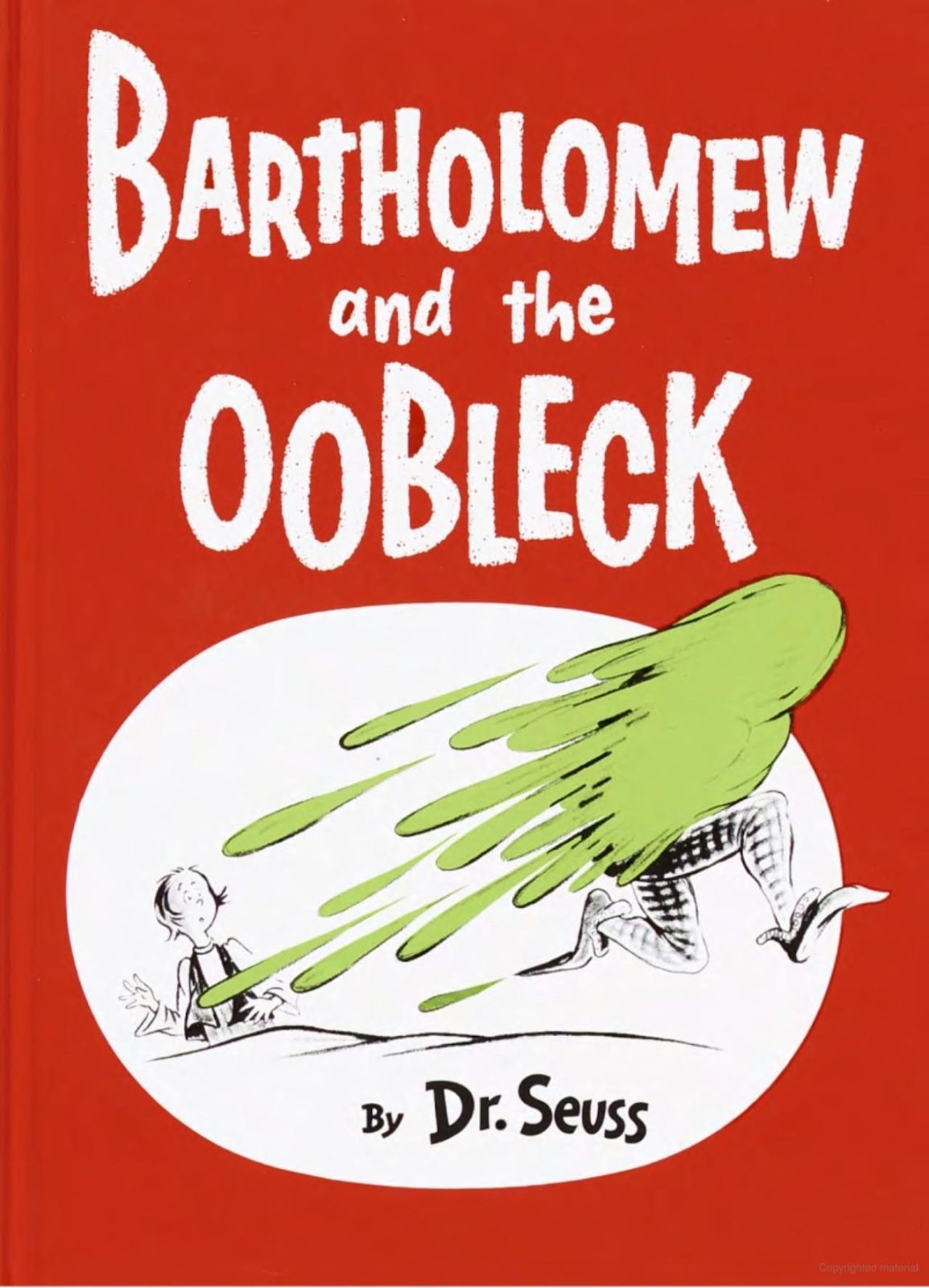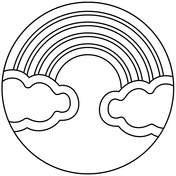March celebrates the birthday of Dr. Seuss and is National Reading Month. For hands-on reading lesson plans, how about kitchen science recipes and chemistry experiments? Here are recipes for homemade Oobleck, silly putty, farting or noise putty, Flubber, play dough, melting goop, Moon Sand, lint dough, modeling clay, papier mache, and soap dough.
Homemade Silly Putty, "farting" or noise putty or Flubber recipes: Silly putty is called farting noise putty, because it sounds like passing gas when squished. Air is trapped and creates bubbles. This makes a great chemistry experiments as well as biology demonstrations. It was called flubber (flying rubber) in the movie "The Absent-Minded Professor" and "Son of Flubber." Silly Putty essentially becomes a bouncy ball. It might be what gives Pooh's friend Tigger his bounce? Preschool kids will love reading "All About Tigger" and other Winnie-the-Pooh books.
This simple hands-on kitchen science recipe has wowed generations of students in three decades of teaching. Mix blue liquid laundry starch and white school glue. Laundry starch is found in laundry section. Sta-Flo is the most common brand. Amazon carries liquid laundry starch also. Blend equal parts in cup or zippered bag with fingers. Mix till sticky glue is blended in and putty is slippery and rubbery.
Homemade Dr. Seuss Oobleck, Gak Splat or Magic Melting Goop. These hands-on kitchen science recipe defy the laws of matter. Is it a liquid or a solid? In Dr. Seuss "Bartholomew and the Oobleck" a pesky substance with a mind over matter (properties of) leads poor Bartholomew Cubbins (of the many hats fame) and a wild Oobleck chase! Begin by reading this hilarious classic for March National Reading Month. Nickelodeon's Gak Splat of the 90s is a similar recipe.
To make Oobleck, mix a little water colored green, in corn starch. Notice how it hardens to a solid then "melts" when you touch it. Put melting putty in the preschool sand and water table. Or fill a child's pool with cornstarch and water for hours of messy hands-on science experiments. Oobleck would make a great child's birthday party activity!
Moldable Moon Sand. This dough recipe teaches ratios. The ratio is 2 to 1 to .5. Mix 2 cups of commercial play sand, 1 cup corn starch to one half cup of cold water (color water with food coloring if desired). Dissolve corn starch in cold water (cold doesn't clump, but you can let kids experiment with warm to discover that for themselves). Then blend sand and corn starch together. Make a large batch for classroom sand table.
Perfect Playdough: Blend 1 cup salt, 2 cups of flour, 1 cup boiling water, 1 teaspoon of cream of tartar or alum, food coloring, cooking oil (about 2 T.) Playdough too sticky? Add flour. Playdough too dry? Add water or oil. Children love these kitchen science recipes.
Homemade Soap Dough: Mix 1 cup powdered laundry detergent, an eighth of a cup of water and food coloring. Mold or sculpt as you would with play-dough. Store in refrigerator.
Homemade Papier Mache. Tear any recycled scrap paper in pieces. Soak in hot water till pulpy. Add a dribble of white school glue. Blend till smooth. When cool, spread Papier Mache over boxes and containers to form shapes.
Dryer Lint Dough. Teach ratios 1.5:1:.3. Mix 1.5 cups pressed dryer lint with one cup cold water and one third cup of flour. Add a drop of oil to prevent mold. Dissolve flour in cold water and blend to get rid of lumps. Carefully add lint and stir constantly until mixture forms stiff peaks. Mold like Papier Mache.
Have children create homemade books of their activities by doing an LEA (language experience approach) story and letting kids illustrate their books. Homemade books are a perfect reading month activity.















